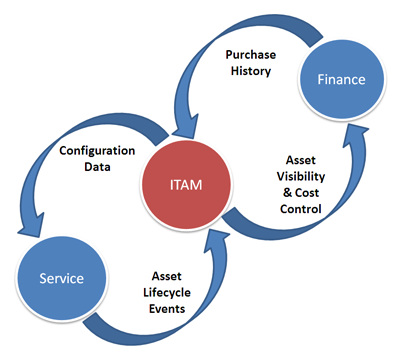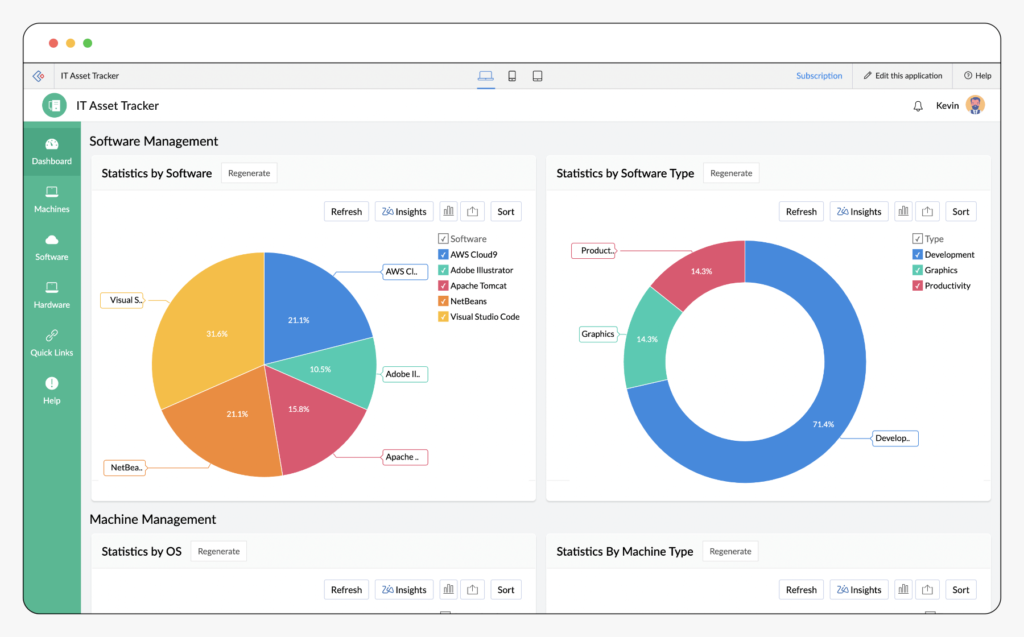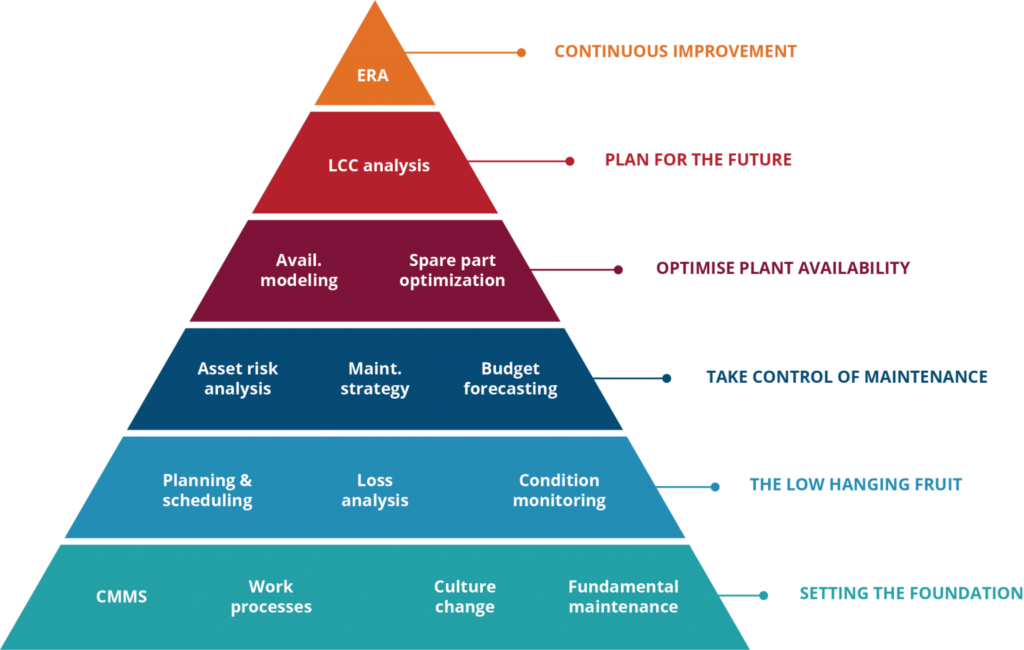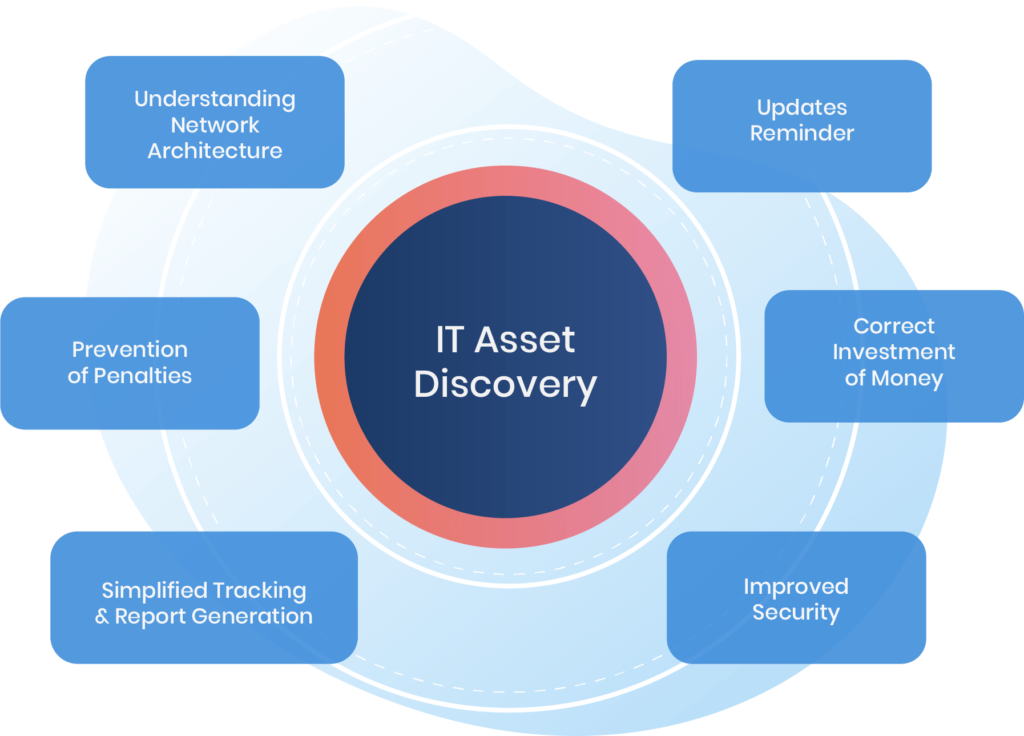Every piece of gear and software that a business uses is considered an IT asset. It is simple to understand the significance of IT asset management: it entails the coordination, optimisation, and ongoing observation of all the components necessary for an organisation to run.
The fact that an organisation’s assets change over time complicates matters. Companies need to decommission old equipment and commission new ones regularly. Most legacy hardware will ultimately need to be replaced; ideally, this should happen before equipment becomes inoperable and creates operational bottlenecks. The worldwide information technology market is projected to grow from $4.8 trillion in 2020 to $5.2 trillion in 2023.
In the meantime, worldwide IT investment is expected to increase by 20% to $3.92 trillion in 2021 from 2020.
Software is subject to update based on innovation potential and simplicity of use.
For every MSP, managing IT assets is a significant task. To help you start immediately, you will review ten IT asset management and tracking best practices below.

Are you set to optimise your IT resources for maximum efficiency? Please look at IT asset management services to grow your company!
IT Asset Management: What Is It?

The process of overseeing your company’s technological assets from purchase to disposal is known as IT asset management or ITAM. IT assets, such as software licences, licensing agreements for public and private clouds, servers, desktop and laptop computers, keyboards, displays, and other gear, can be digital or physical. Gaining visibility and control over your whole asset estate is the goal of IT asset management. It will enable you to maximise asset utilisation, reduce total cost of ownership, and enhance operational efficiency.
Implementing a thorough ITAM plan and software enabling you to monitor your assets’ status, location, and usage in real-time is essential for effective IT asset management. You can plan for future purchases, foresee impending warranty expirations, and optimise device deployment when you can accurately audit and report on your IT inventory. 35% of the global market comprises the tech sector.
90% of the data on the planet was created in 2019 and is currently in use.
Your company can prevent unanticipated expenses and possible business disruptions by managing its IT asset estate well.
The best practices for IT asset management.

Are you prepared to change your IT management process? Let’s examine the best practices for IT asset lifecycle management.
1. Establish a systematic plan for commissioning and decommissioning assets.
It can be challenging to acquire new assets and sunset old or outmoded ones. As a result, creating a systematic plan for asset commissioning and decommissioning is essential. Let’s examine several recommended methods for this:
- Ensure uniformity in the way you commission and decommission assets. Procedures for software licence tracking, asset retirement and disposal, asset purchase, configuration, testing, and deployment should all be included. Using a documentation tool that supports your standard operating procedures is equally critical in this situation.
- Track and manage assets across their lives with an asset management software solution. These software programs assist organisations in managing licence compliance, keeping an eye on asset usage, and locating redundant or underutilised assets.
- Put security measures in place to safeguard assets during the decommissioning and commissioning procedures. Procedures for data deletion, sensitive information removal, and secure asset disposal should all be part of these security measures.
- Establish roles and duties for the commissioning and decommissioning of assets. Ensure everyone knows their responsibilities and that team members communicate and work together clearly.
2. Keep a close eye on every asset.

One essential IT management best practice that can assist MSPs in securing and optimising IT infrastructure is actively monitoring all assets. The following procedures are part of an all-inclusive asset monitoring plan:
- To keep tabs on the functionality, accessibility, and security of IT assets, use automated monitoring solutions. These technologies assist in locating and fixing problems before they have an impact on users and company operations. Measurable KPIs for asset management have been identified by only 23% of organisations.
- Additionally, you can monitor the condition of every asset with automated processes. It gives organisations a comprehensive view of their IT environment and helps them detect potential cybersecurity threats.
- Set baseline security, availability, and performance metrics. When monitoring and evaluating performance over time, consult these measurements. Establishing official incident response protocols is another crucial step. By doing this, downtime and the impact of an incident are lessened.
3. Adopt a lifecycle-based strategy for ITAM.
Once every asset has its unique ID and barcode, your IT asset management programme can start with well-defined procedures. Companies self-reported that their hardware asset management maturity was reactive in 33.6% of cases. These procedures should go beyond registering and monitoring your IT assets to encompass the entire lifespan. Take into account each of the following phases as you outline your strategies:
- Procurement: Setting aside money and buying your belongings
- Identification and registration of assets: Recording information on an investment, such as its kind, serial number, specifications, date of purchase, warranty, etc.
- Deployment: Assigning and configuring IT assets—including asset tagging, assignment, installation, and configuration—to the appropriate people or departments
- Asset tracking and monitoring: providing regular updates on the condition of your assets and carrying out audits to guarantee the accuracy of data
- Maintenance and support: proactively monitoring the need for repairs and maintenance, as well as the expiration of warranty and support service contracts
- Retirement and disposal of assets (ITAD): Asset retirement and appropriate recycling or removal at the end of their useful life
- Replacing IT assets that have been sold or that no longer satisfy the organisation’s requirements regarding cost-effectiveness and technical improvements is known as refreshing and replacement.
4. Conduct routine self-audits to ensure that assets are correctly registered.
Self-audits are essential for ensuring an organisation is compliant and has everything it needs to function at its best. It is how to set up a self-auditing procedure that works.
- Create an audit plan that details the assets to be audited, the audit’s scope, and the auditing process.
- To find differences between assets that are registered and those that are really in use, do the audit. Verification of physical assets, software licence compliance checks, and a thorough analysis of IT asset management procedures are all examples of audits.
- Determine what has to be done for an organisation to make the necessary corrections and register all assets. These may involve rectifying non-compliant assets, establishing new procedures about compliance, and updating asset registrations.
- According to a recent survey, 70% of organisations are becoming more interested in integrating ITAM and service desks.
5. Utilise all the information you gather from different teams.
An organisation can reap several benefits from gathering and evaluating data from many teams, such as process optimisation and early problem detection. Here are some best practices for using the information collected from many groups to the fullest:
- Create a data collection and management plan outlining the types of data you will gather, how you will collect them, and the procedures you will follow for organising and evaluating the data. It ensures that the information gathered is pertinent and helpful.
- Examine and make sense of the information gathered. Determine any patterns, trends, or possible problems. By doing this, you can find areas that need improvement, strategies to optimise your IT infrastructure, and ways to raise the general standard of your IT services.
6. Constantly be ready to enhance your approach to asset management.
The criteria for compliance are ever-changing. The needs of an organisation are ever-evolving. Be adaptable and proactive by periodically reviewing and refining your asset management plan. Here’s how to maintain optimal performance in your IT asset management plan:
- Ensure that asset management procedures are still effective in light of organisational priorities and goals by regularly reviewing and updating them. It can assist your team in meeting clients’ evolving needs and optimising IT asset management best practices.
- Get user and stakeholder input regarding the efficiency of IT asset management procedures. It ensures that IT asset management procedures satisfy the company’s demands and helps pinpoint areas for improvement.
- Ensure the company utilises the newest and most efficient techniques and resources by monitoring industry trends and best practices.
- Conduct routine audits to ensure the company complies with all applicable laws and licencing agreements and that all assets are correctly registered. It will highlight areas that could use improvement.
- Use cutting-edge instruments and technology, such as automated inventory management systems, asset performance monitoring tools, and asset tracking software.
Get the best possible efficiency for your company’s IT infrastructure and professional IT support services.
Get the Best It Asset Services From Our Company
The provider of IT technical support services is Sharp Brains. Their primary goal is to offer customers well-managed, on-demand IT support services 24/7/365 worldwide. Their highly qualified and competent engineering staff is on call around the clock to resolve problems and visit the client site.
Conclusion:
Putting best practices for IT asset management into practice is crucial for increasing productivity, cutting costs, and adhering to regulations. Businesses may guarantee efficient management of their IT assets by carrying out thorough asset inventories, using centralised tracking systems, creating clear policies, carrying out frequent audits, and monitoring software licences.
FAQs:
What constitutes an IT asset management program’s essential elements?
Inventory, licence, and vendor management, asset tracking and performance monitoring, reporting, and analytics are usually the main elements of an IT asset management programme. To put it briefly, IT asset management is the maintenance and adjustment of an organisation’s IT infrastructure.
What typical obstacles exist when putting IT asset management into practice?
The standardisation process, training, and a lack of resources are common implementation issues with IT asset management. Problems with data quality and opposition from management and regular staff may also hamper changes.
Which applications and tools are often used for IT asset management?
Software and solutions for IT asset management are widely accessible. Professional services automation (PSA) software, quotation and proposal automation software, KPI dashboards, and reporting software are just a few of ConnectWise’s business management offerings.



